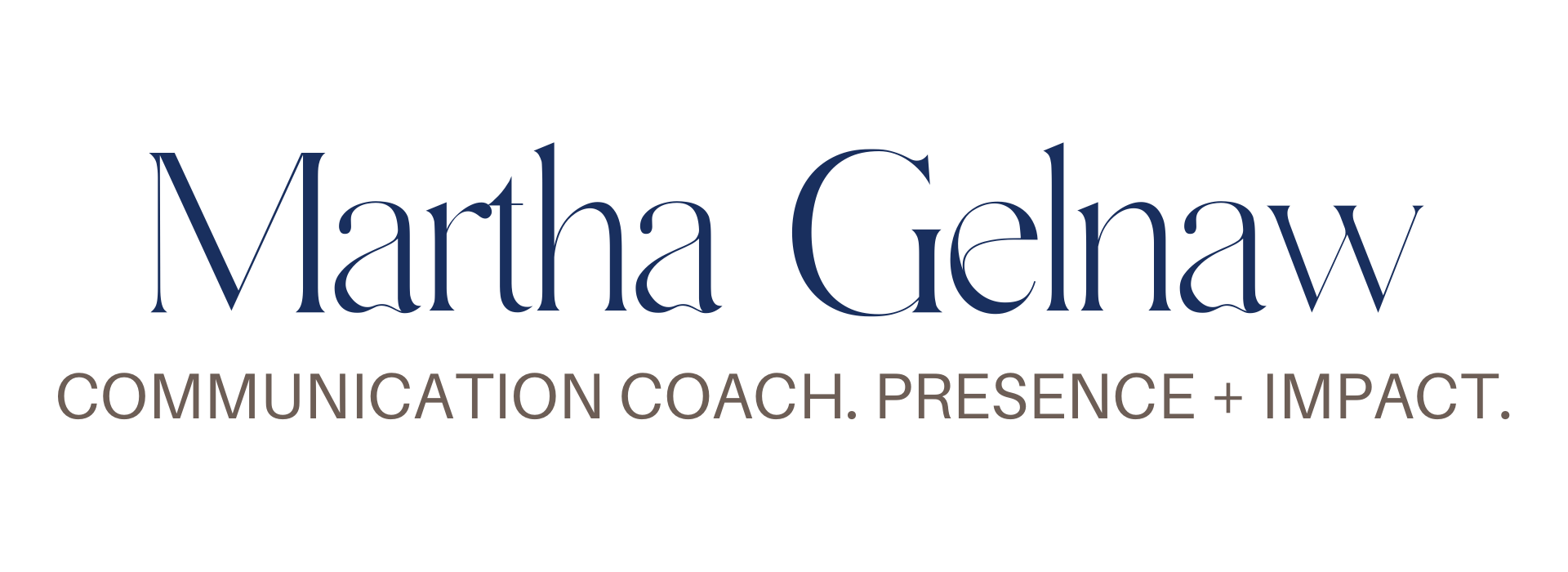Can we resist proclaiming “what it is” long enough to authentically ask: “What is it?”
When we use soft focus to look at someone, something or someplace, we allow the information about the selected person, thing or place to come toward us. We reverse the habitual way that information is processed. Rather than reaching out for information, let the information come to you.
With soft focus, you’ll begin to notice more color, unique shapes, rhythms, etc. Be aware when you lose interest, the moment that you stop letting new information in.
Attempt to remain present and interested in the information about this person, place or thing.
Soft focus is the physical state in which we allow the eyes to soften and relax so that rather than looking at one or two things in sharp focus, they can now take in many. By taking the pressure off of the eyes to be the primary and dominant information gatherer, the whole body starts to listen and gather information in new and more sensitized ways. When we encourage soft focus, allowing the world in, we develop a global perception.
Information begins to penetrate our sensibilities. When the eyes, which tend to dominate the senses, are softened, the other senses are given equal value.
To create soft focus, look at two people or things next to each other in sharp focus. Now look at the space between – in soft focus. Keep that sense.
In our quest to be more adept in creating relationships in our work life and at home, listening is the defining ingredient. It is very difficult to listen – to really listen. Soft focus helps us to listen more with our whole self – your entire being.
“If we are always looking for a particular premeditated result, than many things that are outside those parameters are not recognized.
Extraordinary listening means listening with the whole body without an idea of the result. When something then happens in the room you can respond instantly – bypassing the frontal lobe of the brain in order to act upon instinct and intuition*.
This is truly the concept of “thinking on your feet” – being more present to handle any response or situation that comes to you.” Excerpted from Anne Bogart’s “On Directing”
Activating Peripheral Soft-Focus Vision
Peripheral soft-focus vision activates our parasympathetic nervous system (PNS), which allows for relaxation and for relationship bonding. It enables us to have a broad, global perspective, to be in touch with our feelings and to see movement rather than sharp details.
How to:
- Remove glasses or contact lenses.
- Look straight ahead. Relax your eyes and see 180° around you.
- Bend your elbows at a right angle/upper arm parallel to the floor so your hands are on either side of your head. Now wiggle your fingers. While looking straight ahead see the fingers of both your hands moving.
This is soft focus – another form of Listening.
*(To which Albert Einstein said: “Instinct and intuition is better than intellect.)


